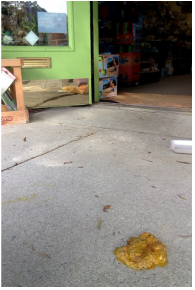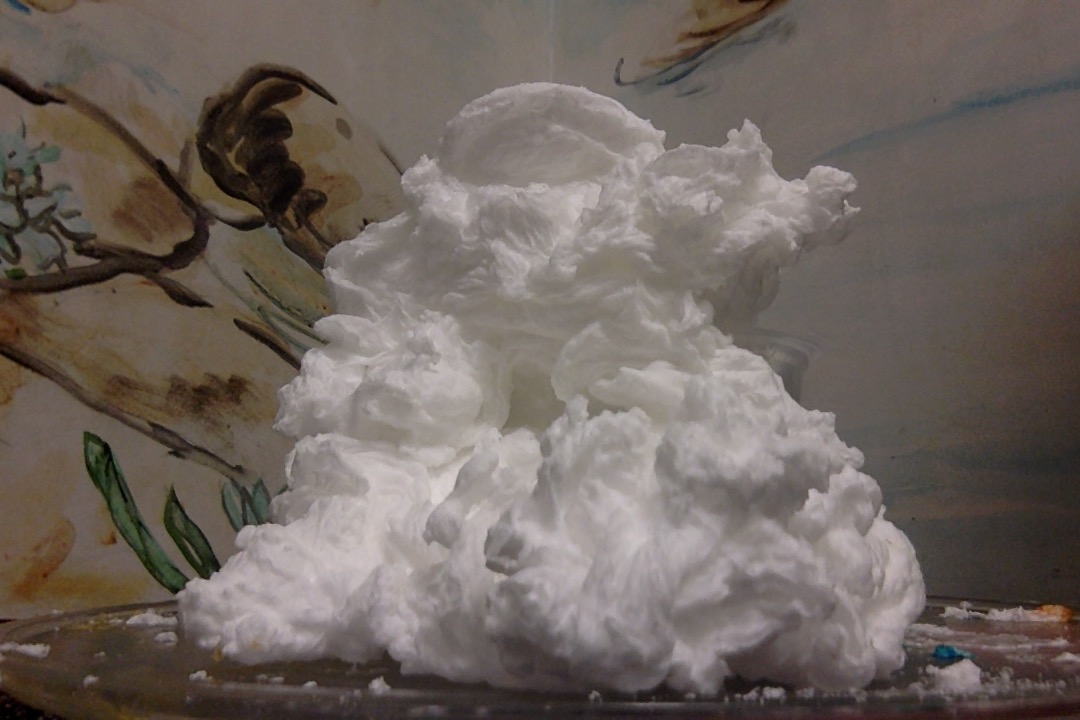|
This was an adorable project, especially with the timing of Mother's Day, but we did struggle to keep the heart models inflated for an extended period of time. Eventually we decided it was better to make a model that could be re-inflated when it went flat. If you have a heart model that is fastened together with heavy tape, you can change it easily to rubber bands. Just pull off the tape, and any foam that is wrapped around the ends of the tubes.
|
AuthorSiobhan O'Neal Categories |


 RSS Feed
RSS Feed